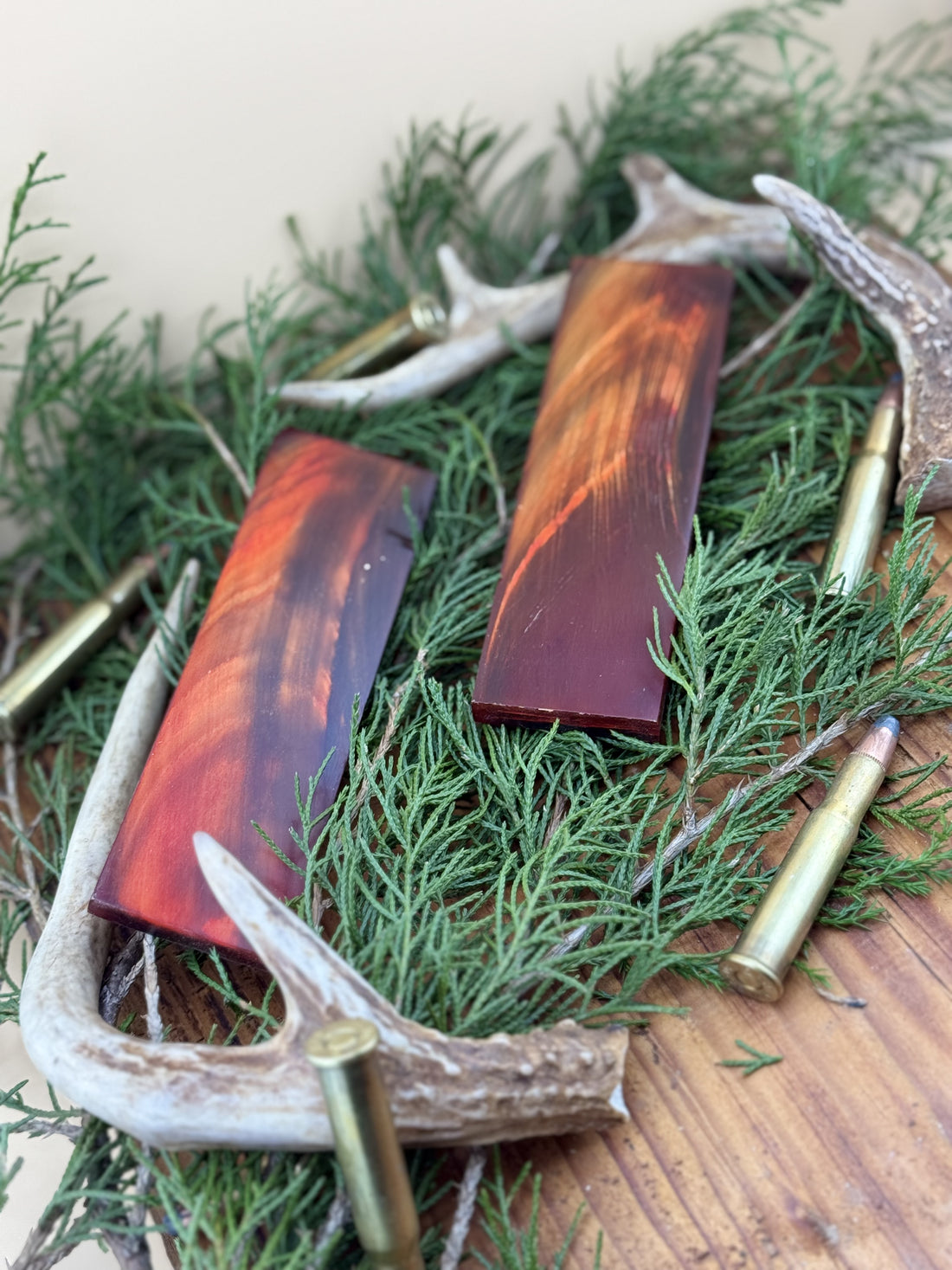Did you know that the global market for knives is expected to grow significantly, driven by increasing interest in culinary arts and outdoor activities? Knives aren't just everyday tools; they are precision instruments crafted for various tasks, from slicing vegetables to ensuring survival in the wilderness. The craftsmanship behind these blades is fascinating, especially when it involves crafting knives from blade blanks and sawmill blades. This unique process offers a blend of tradition and innovation, providing knife enthusiasts with custom, high-performance tools that are as functional as they are beautiful.
The world of knife making is vast and rich with history. Craftsmanship involves not just the creation of the blade but an understanding of the nuances that make a true cutting instrument. When starting with blade blanks or repurposing sawmill blades, a craftsman has the potential to create a knife perfectly tailored for its intended use. Forging and stock removal are two primary methods in this craftsmanship. Forging is a more traditional approach, involving heating the metal and hammering it into shape, while stock removal involves cutting away excess material to form the blade. Both methods require skill and precision, especially when it comes to heat treatment, which is crucial for achieving the desired hardness and flexibility.
Choosing the right steel is crucial for blade blanks. High-carbon steels are preferred for their edge retention, while stainless steels are favored for their resistance to corrosion. The characteristics of the steel significantly impact the knife's performance, whether that's in a kitchen or during a wilderness expedition. A knife's quality isn't just about the blade; the handle's ergonomics, the balance of the tool, and its overall design are vital components as well. A well-balanced knife offers better control and reduces user fatigue, which is why professional chefs and hunters alike value it.
Knives serve many roles—each tailored to specific tasks. For instance, a chef’s knife should be razor-sharp and well-balanced for precision and ease during long hours of chopping and slicing. Bushcraft knives are designed to be all-purpose tools for outdoorsmen, suitable for carving wood, preparing food, or even striking a flint. Hunting knives, on the other hand, must be robust for field dressing, providing a clean cut without damaging the game meat. Tactical knives used by first responders or military personnel need to be sturdy, versatile, and reliable under extreme conditions.
Safety and maintenance are pivotal for keeping your blade performing at its best. Regular sharpening with quality stones or electric sharpeners ensures the knife's edge remains effective. Proper cleaning and storage prevent rust and damage, extending the life of the blade. When selecting a knife, it's essential to avoid common pitfalls like choosing the wrong size or ignoring the type of steel. Engaging with expert buying tips can guide you to select the right knife for your needs, whether from a custom maker or a reputable brand. Sources like online reviews and expert forums offer insights into the best buys on the market.
If you’re ready to explore the potential of expertly crafted knives, why not start with products that have been meticulously honed for performance and durability? Delve into our collection of knives crafted from blade blanks and sawmill blades, and discover how these instruments can elevate your culinary or outdoor adventures. Don’t just take our word for it; experience the supremacy of a knife that embodies expertise and precision. Explore our online shop today and transform your approach to every cutting task. Your perfect knife awaits—seize this opportunity and sharpen your edge!

